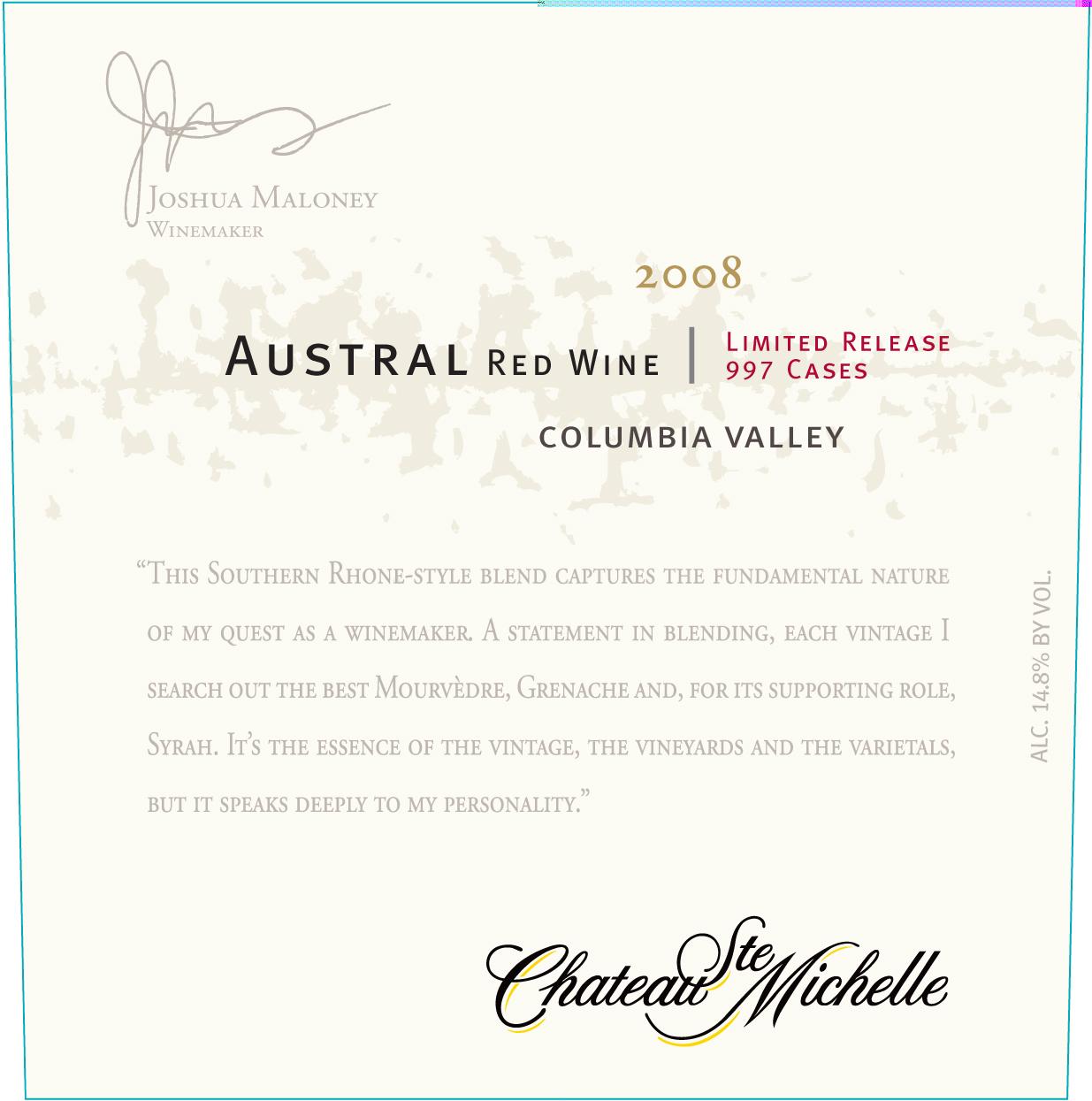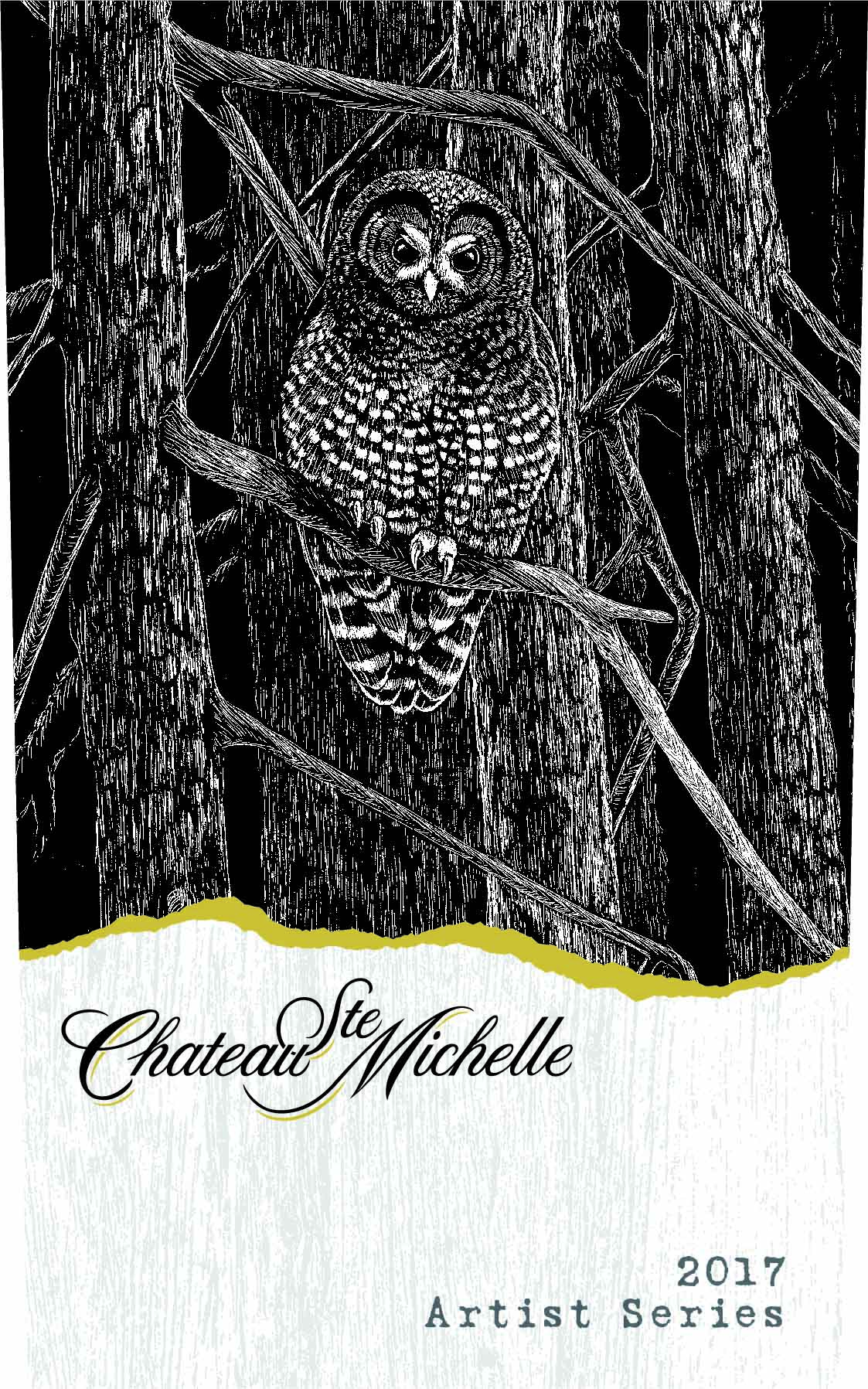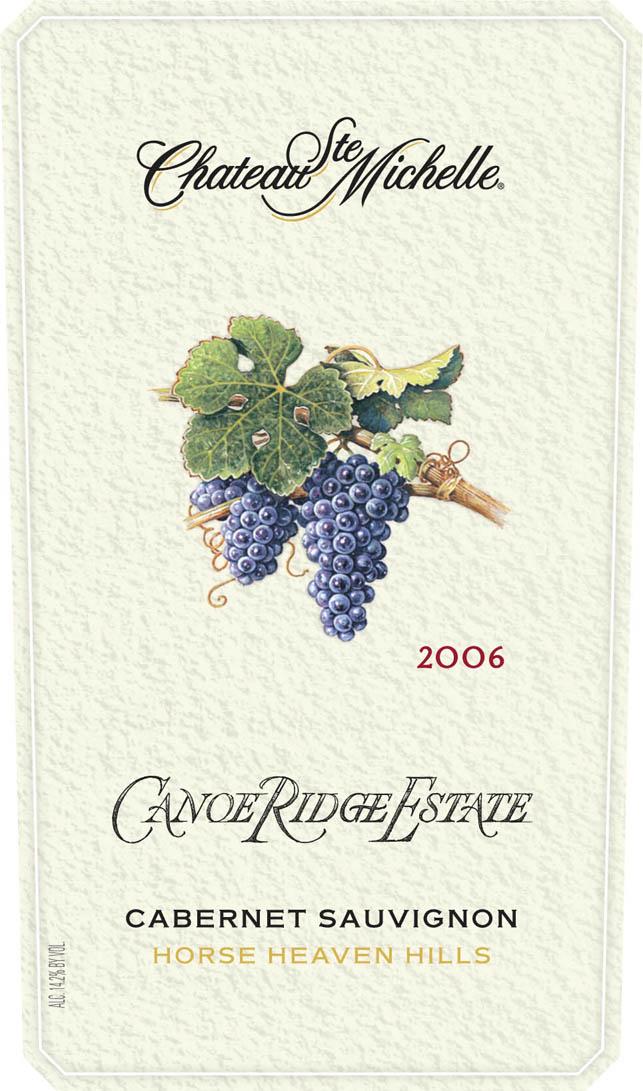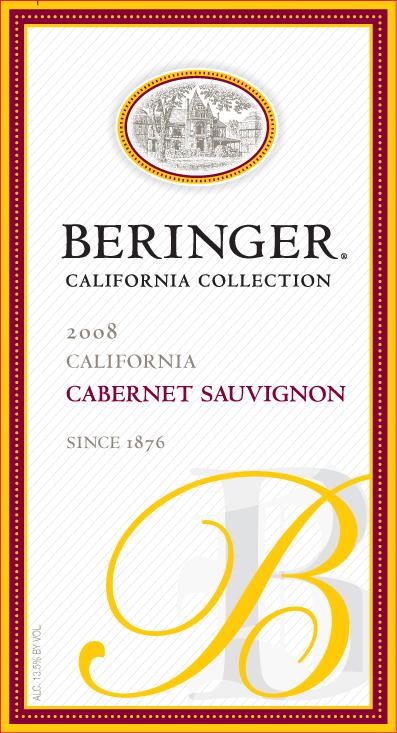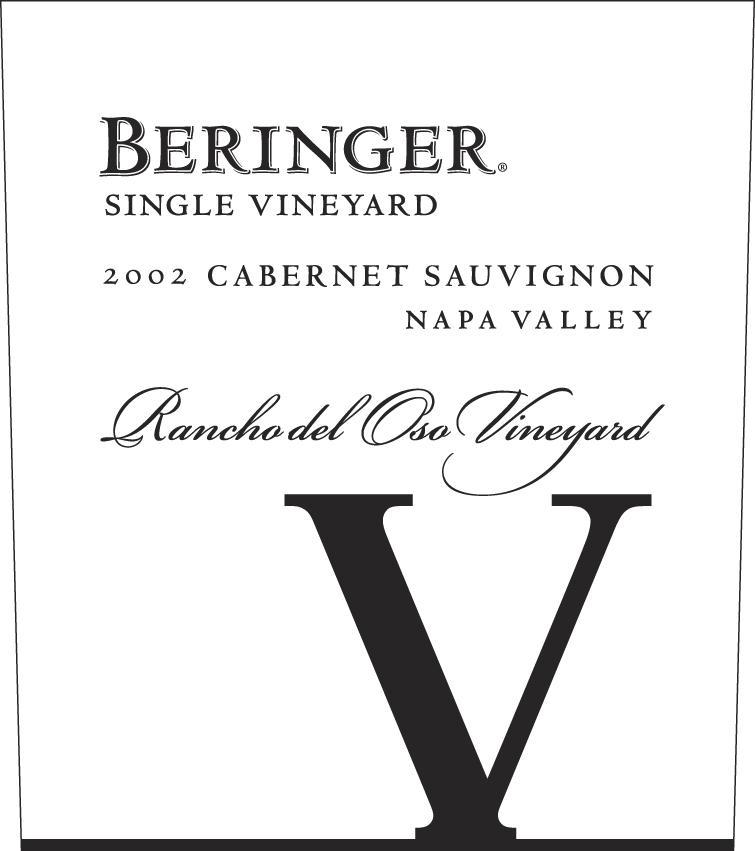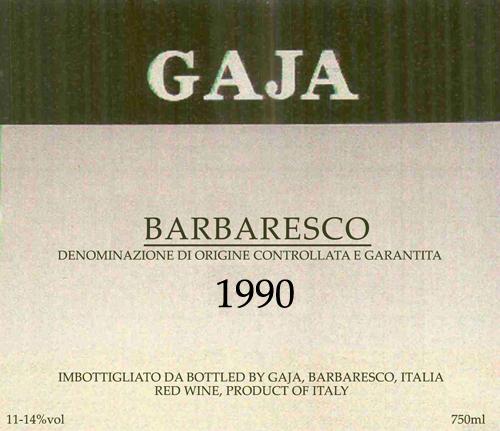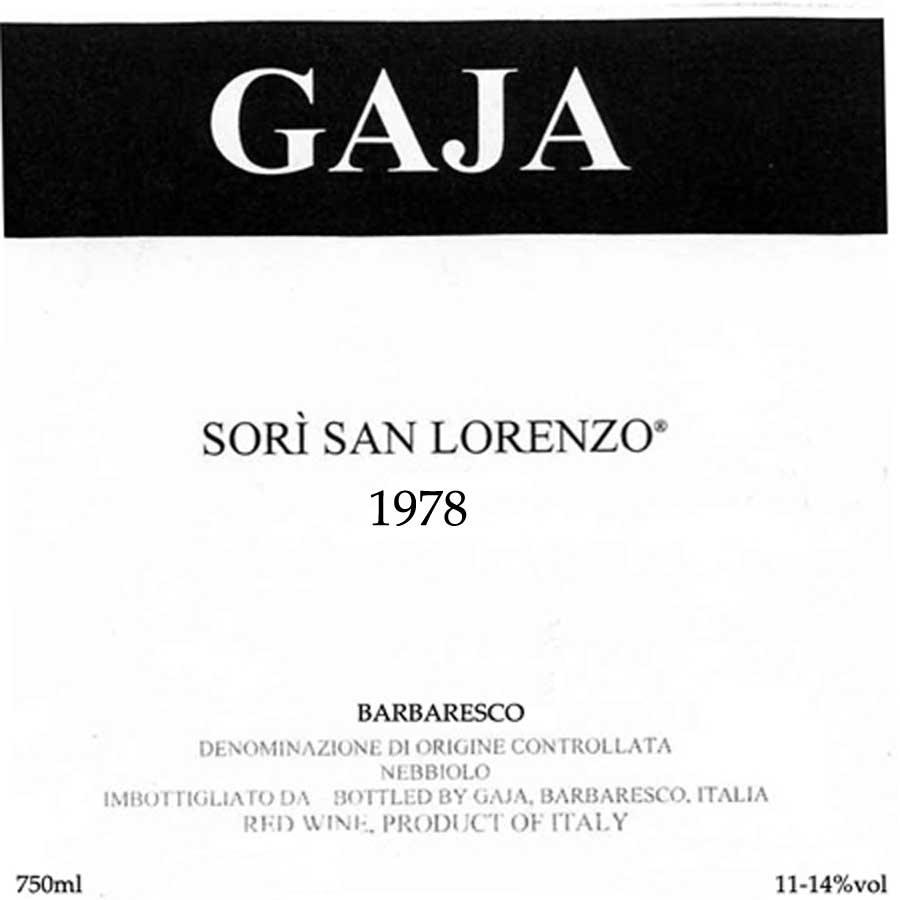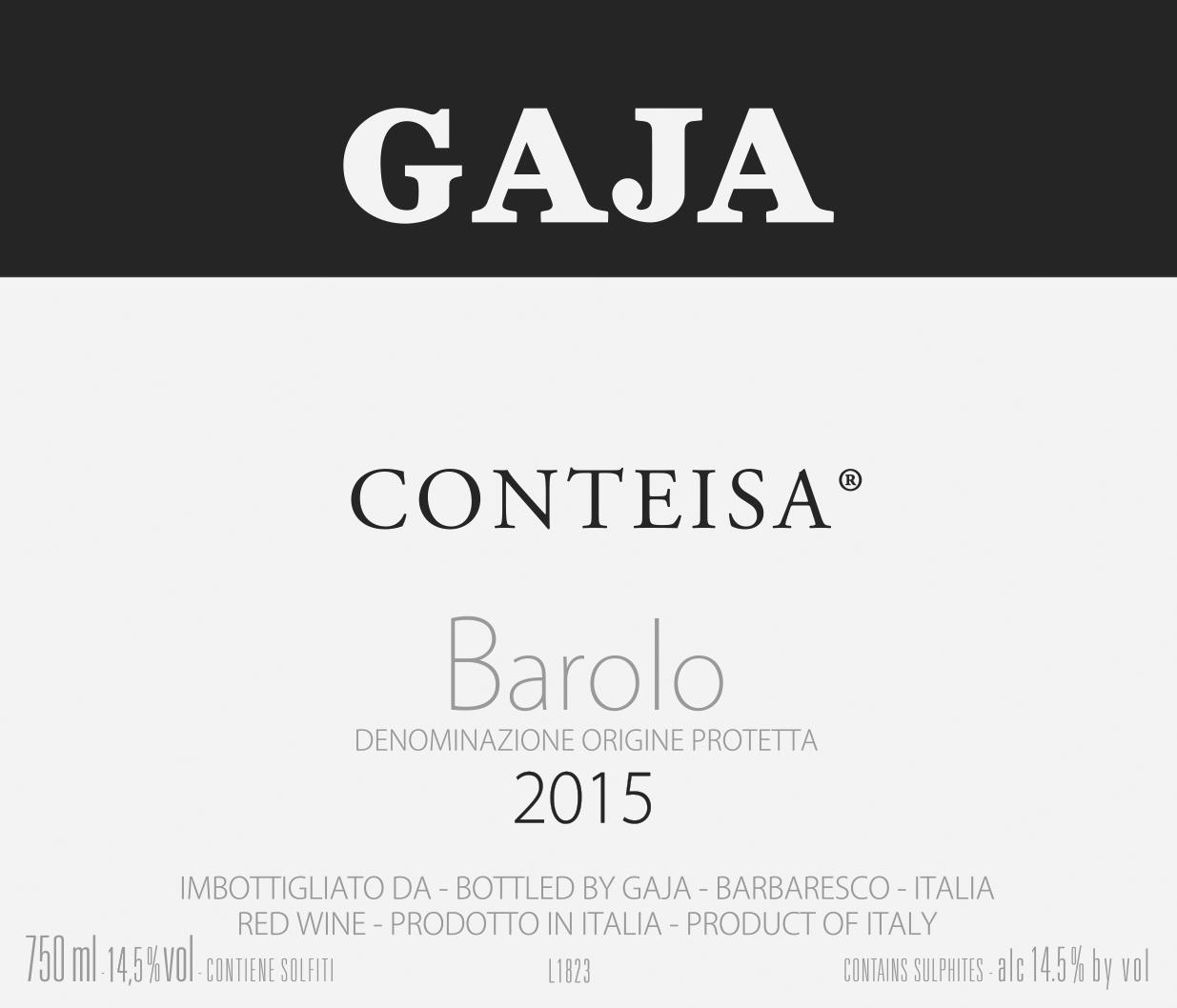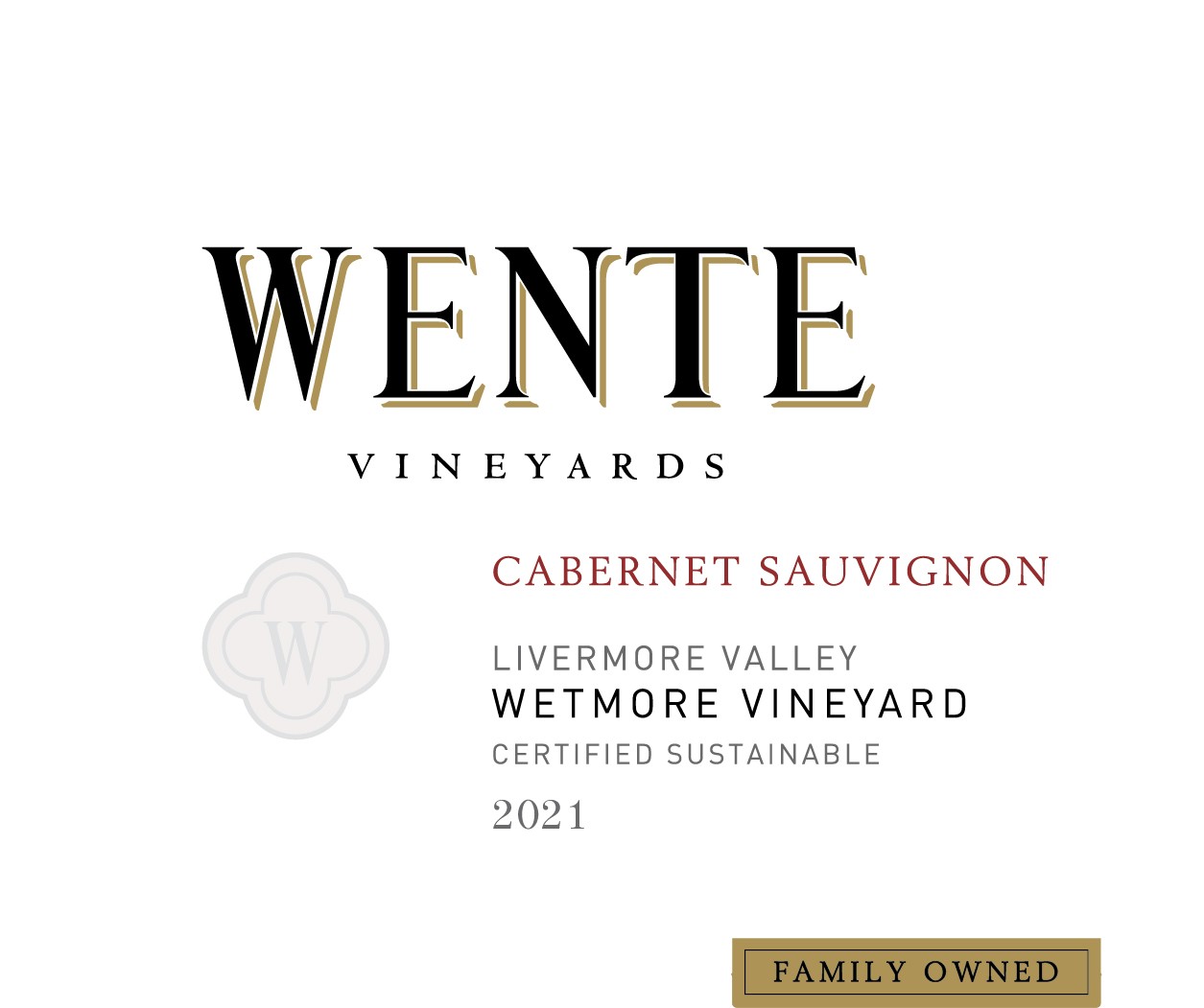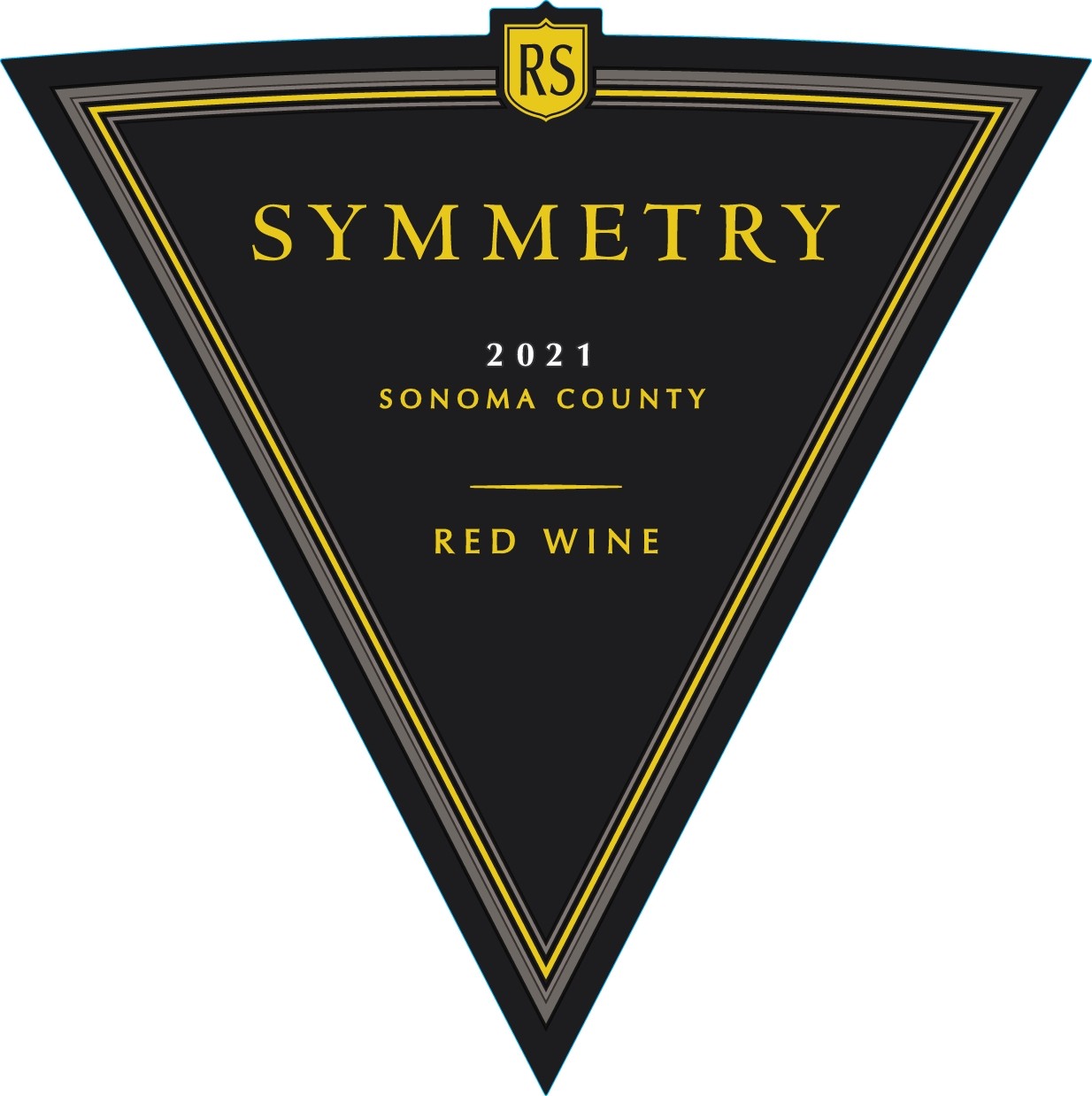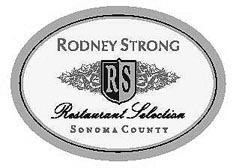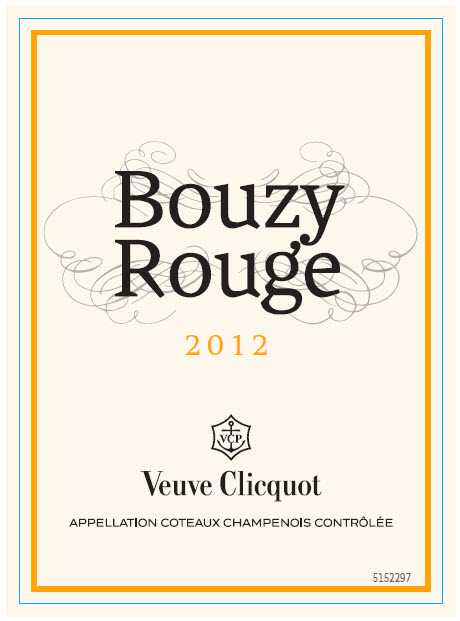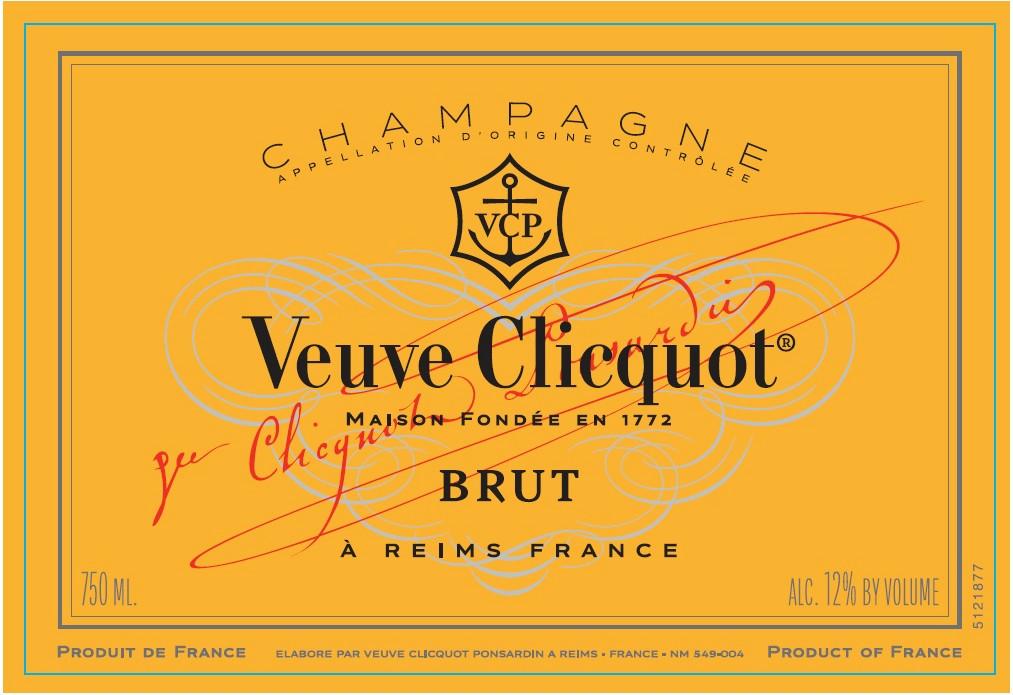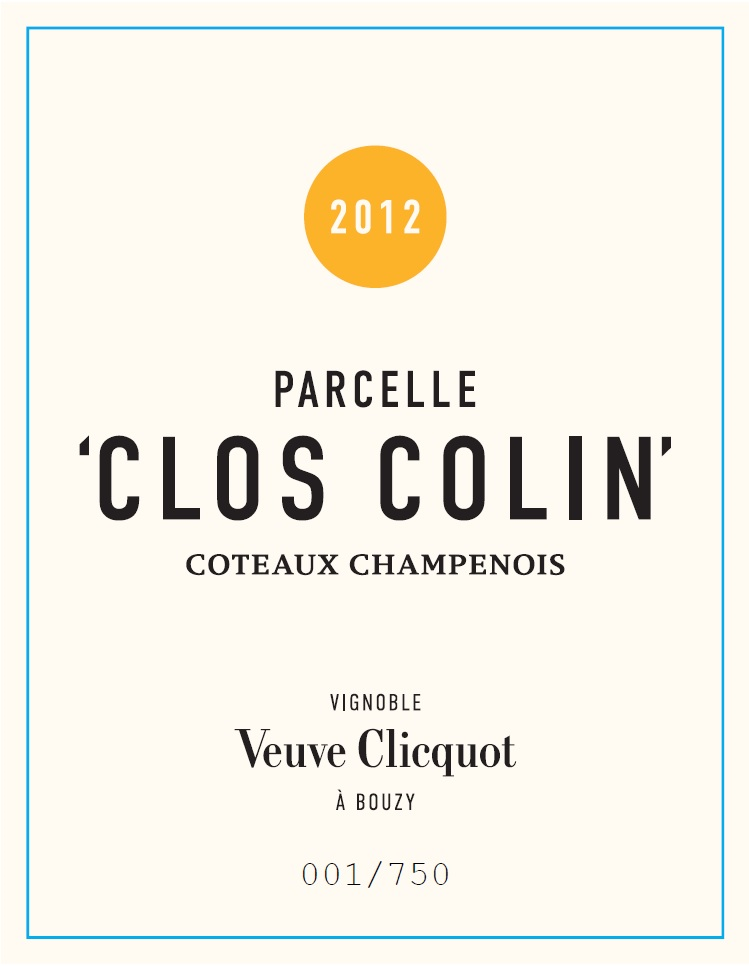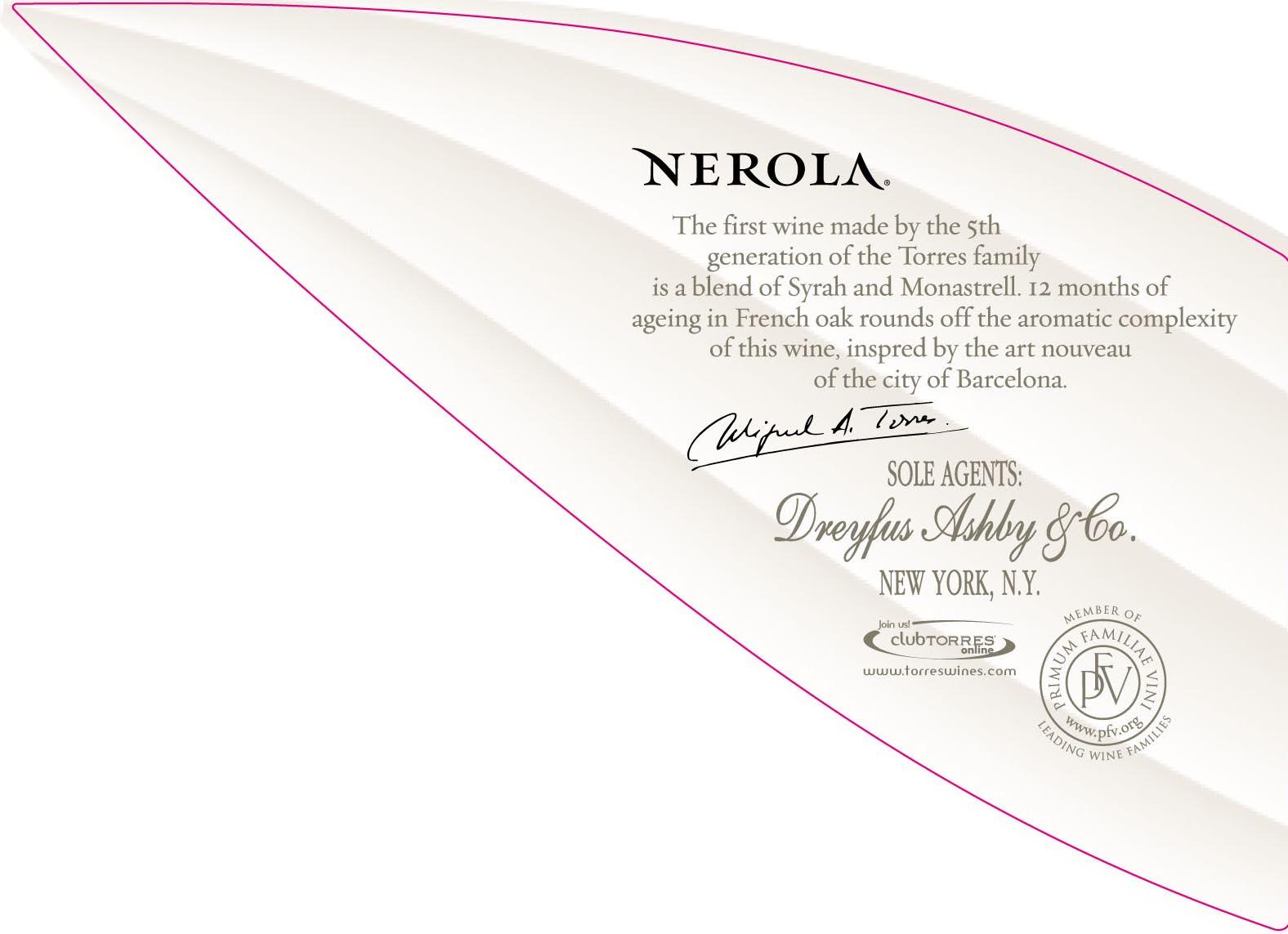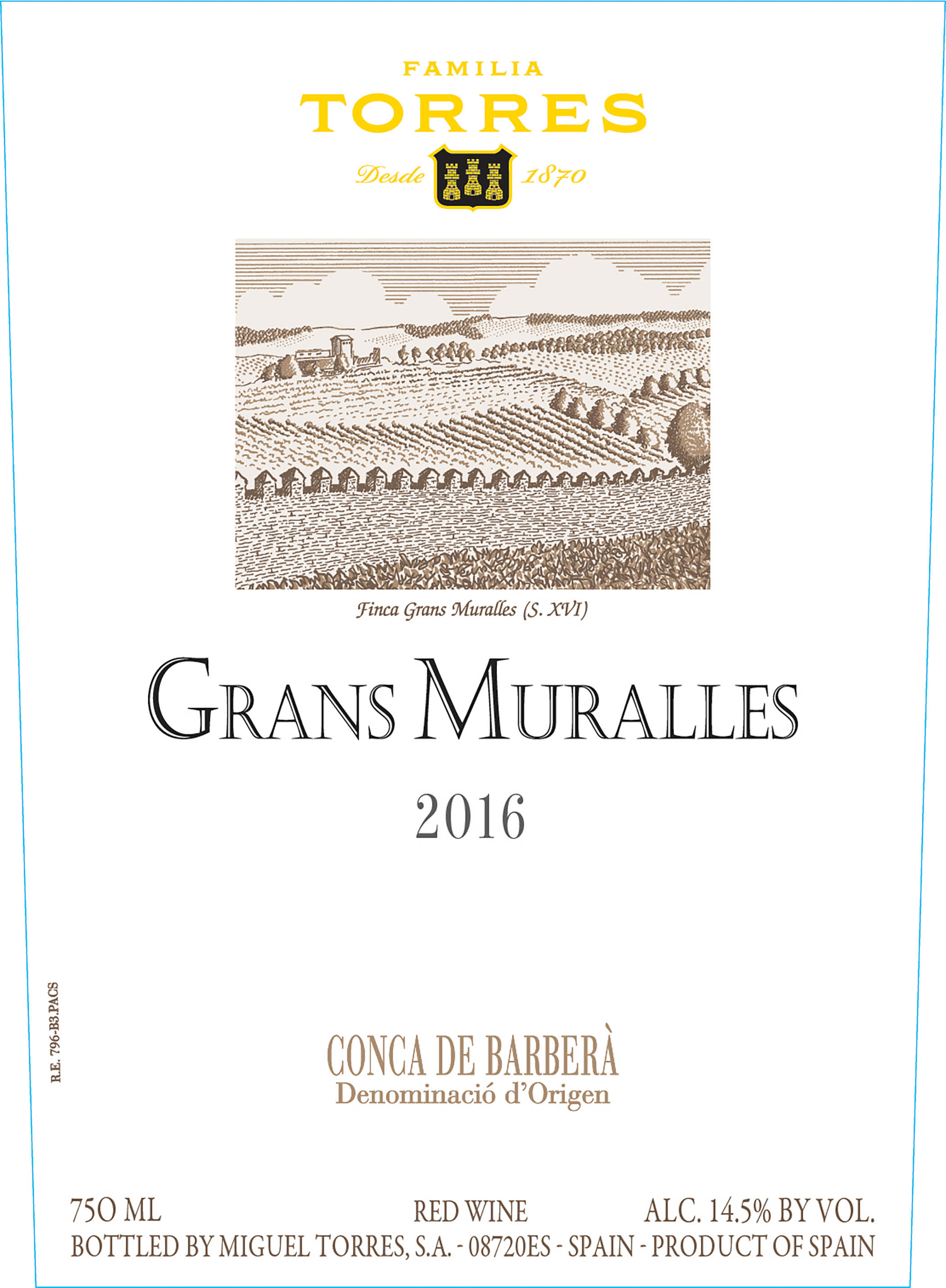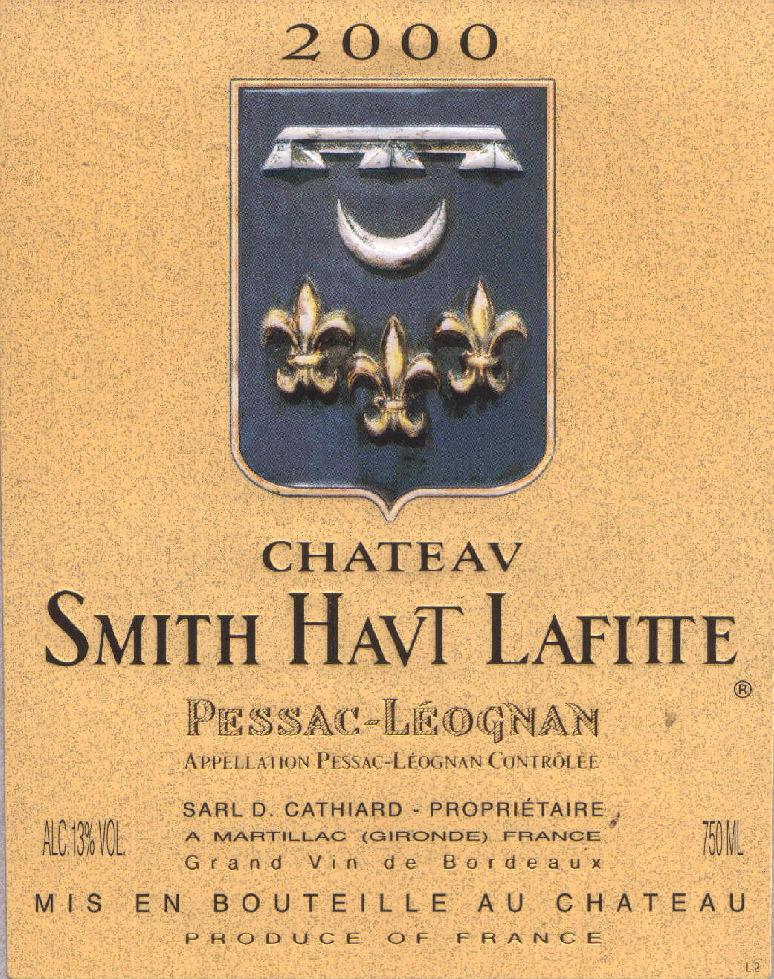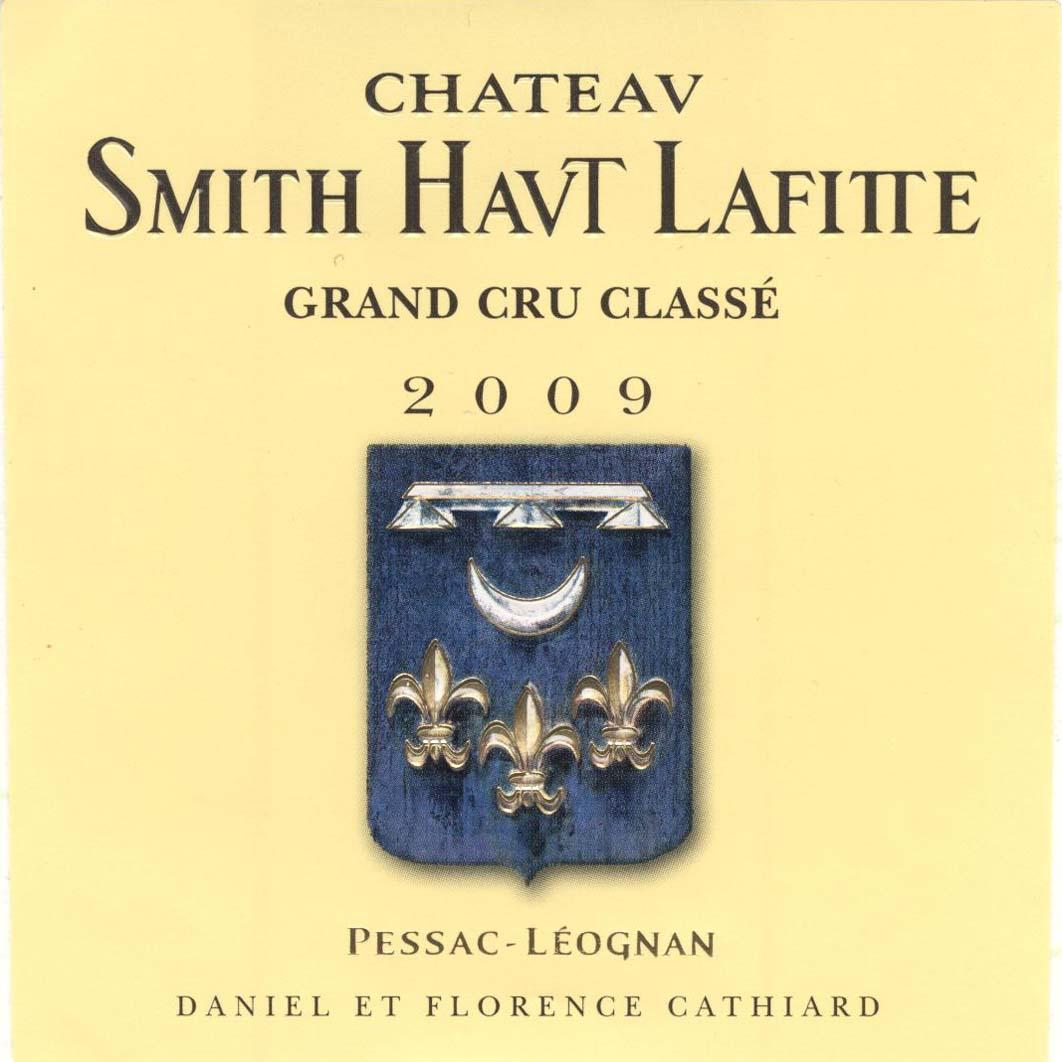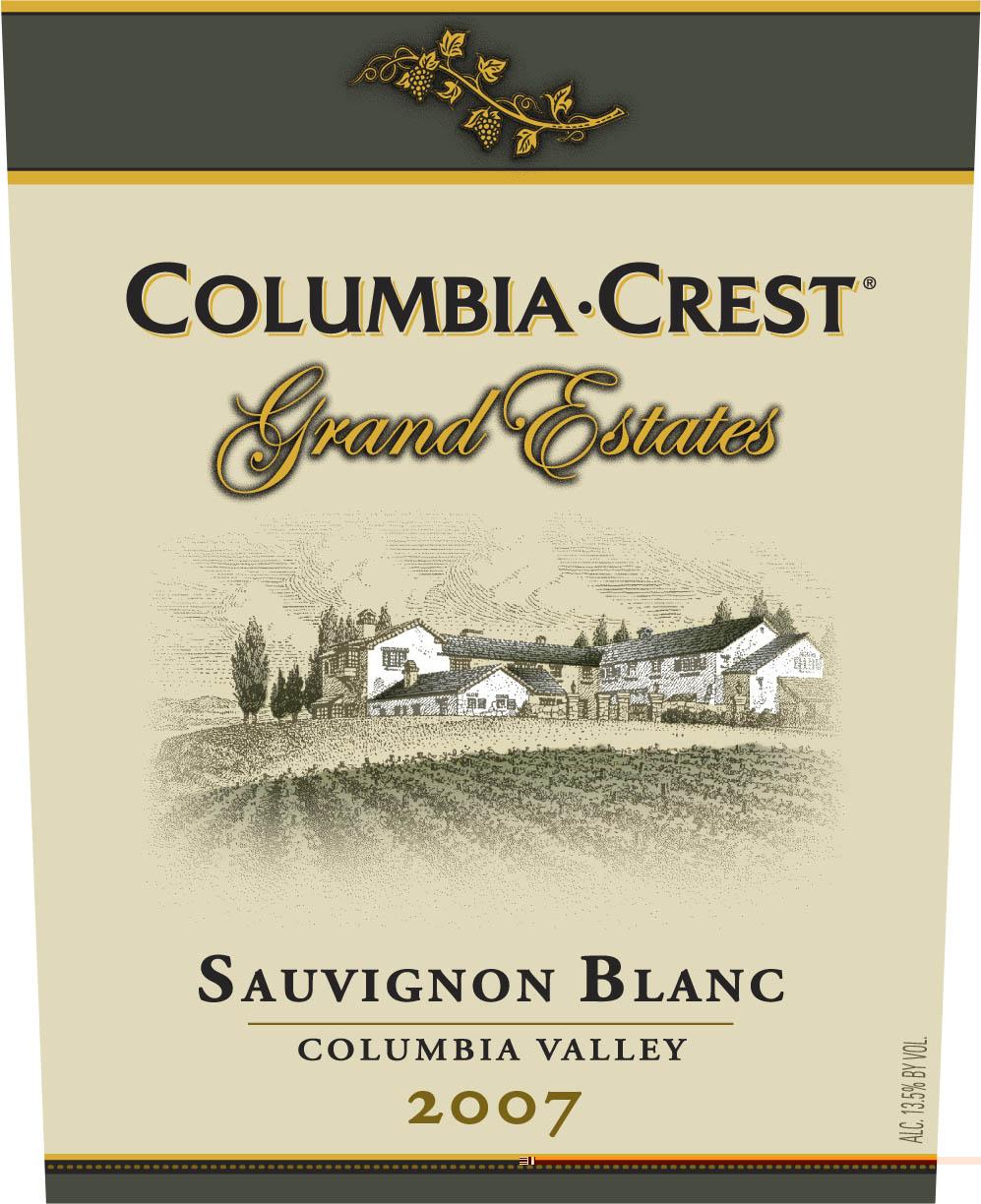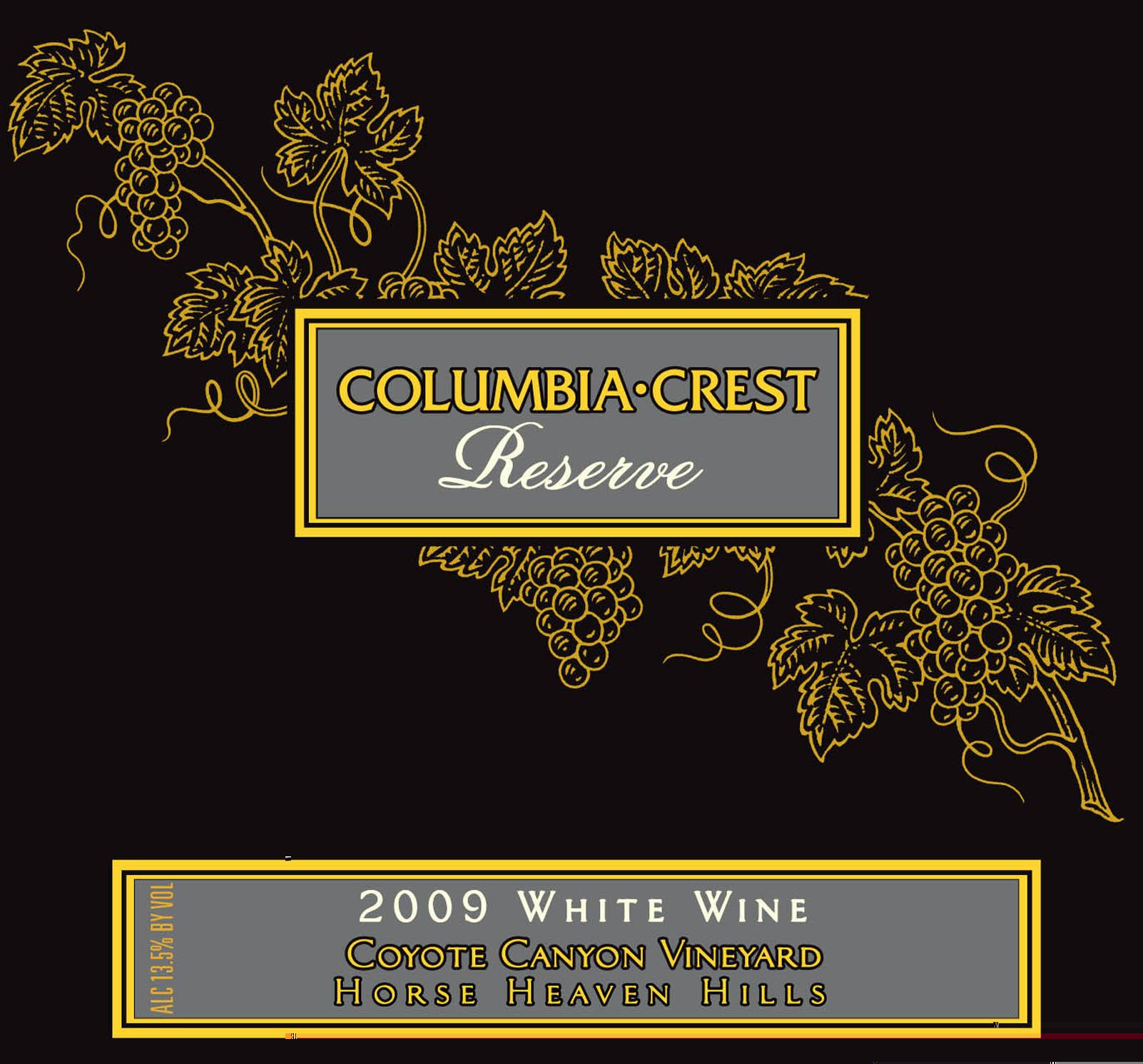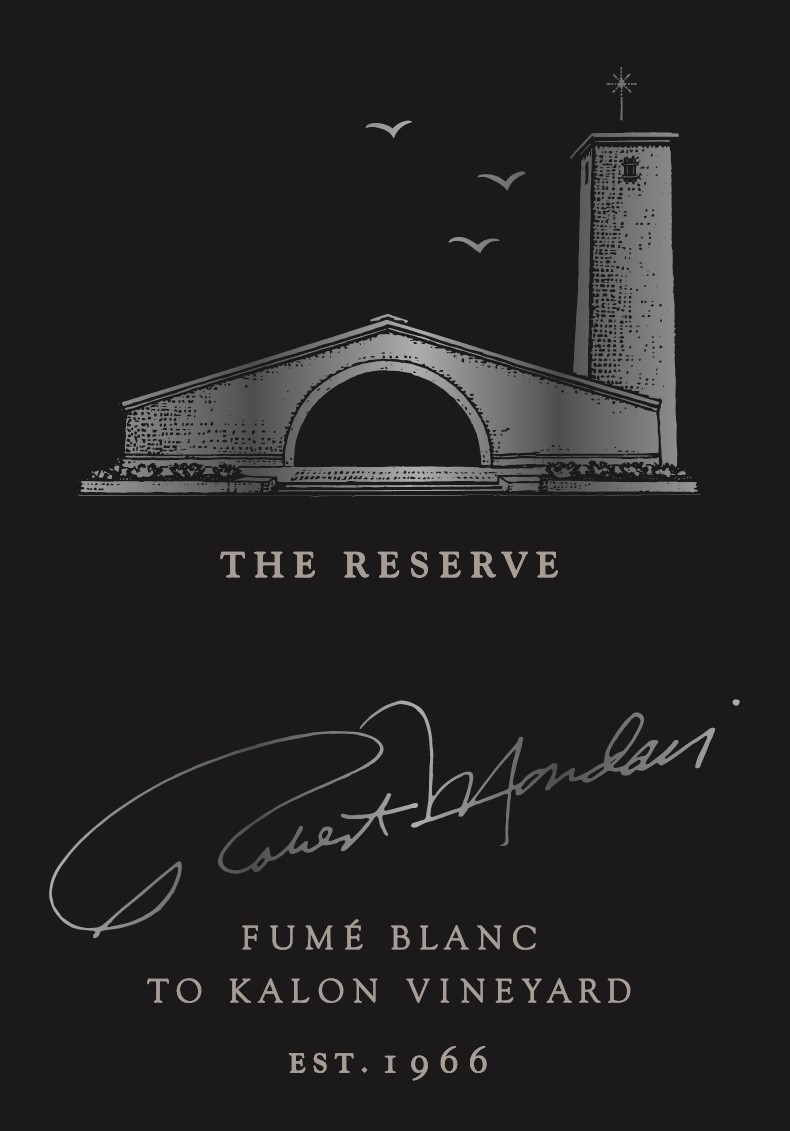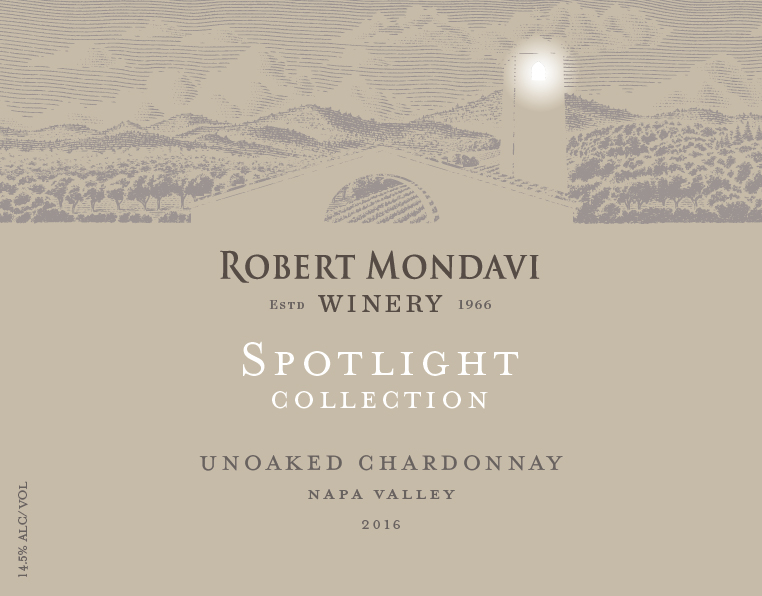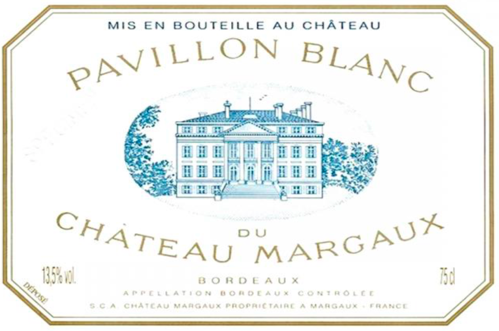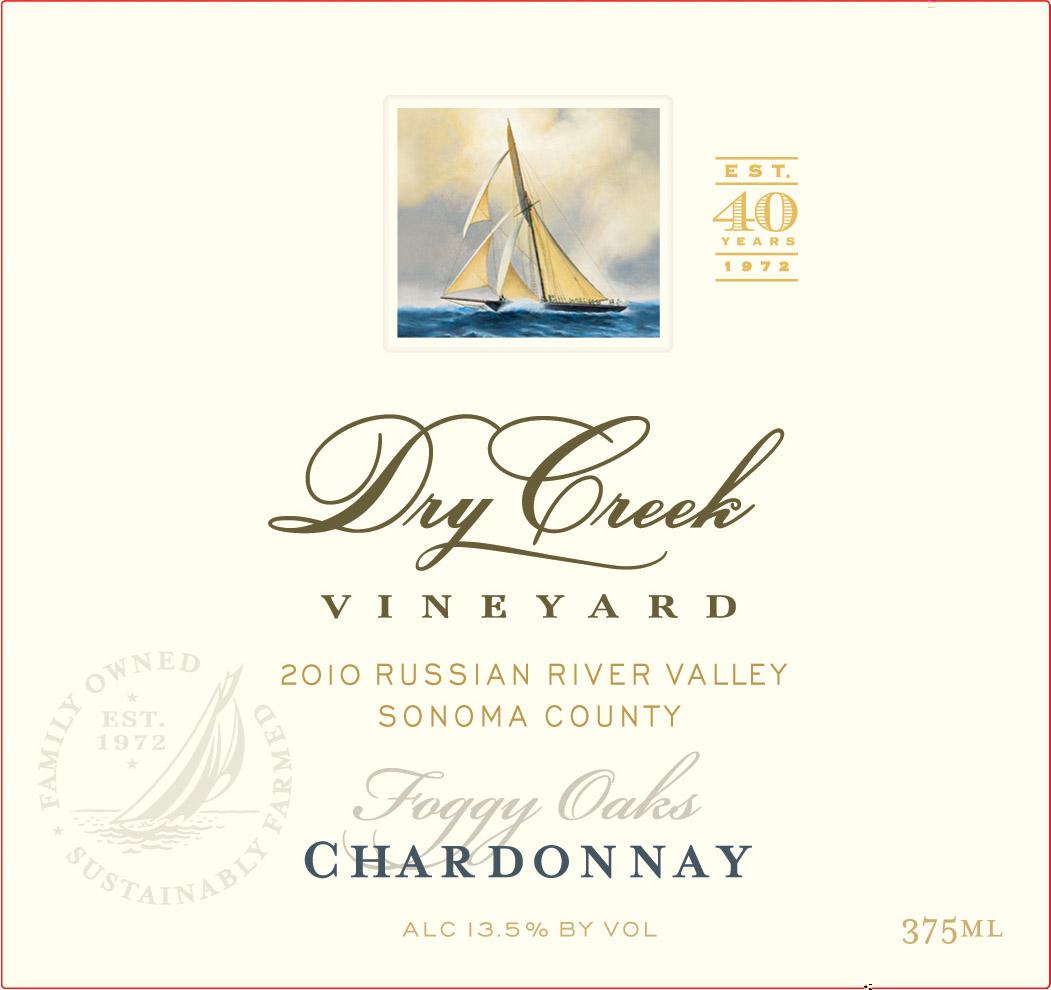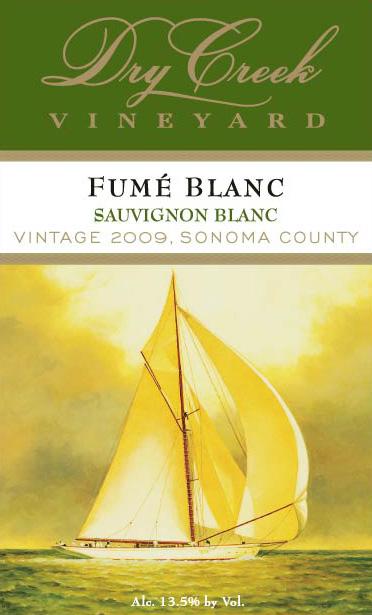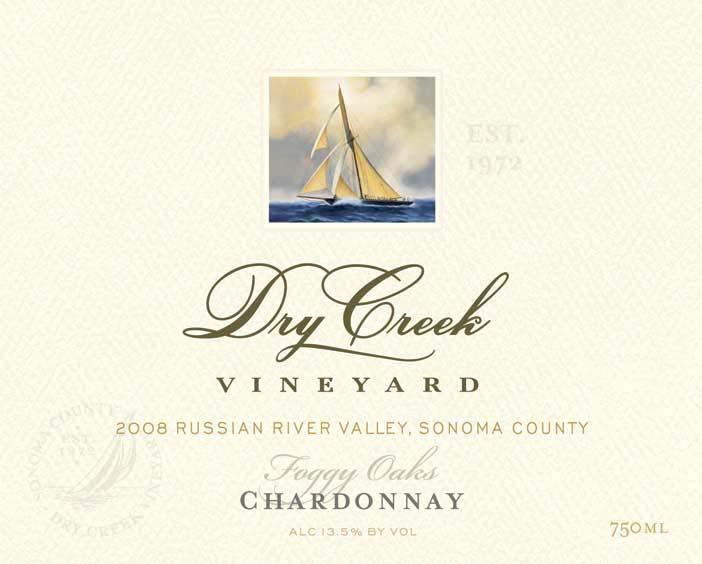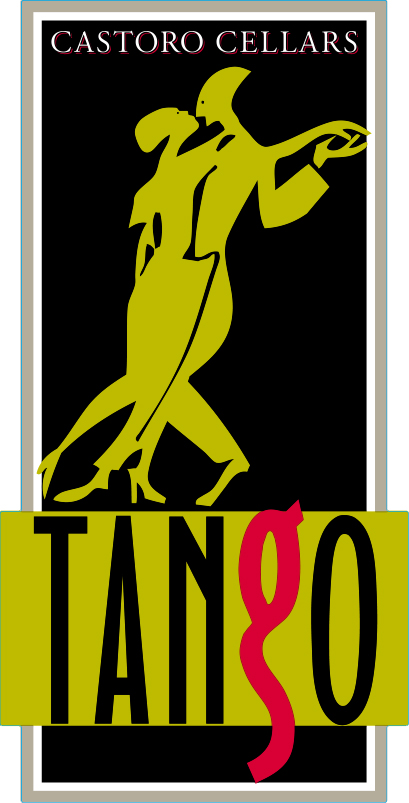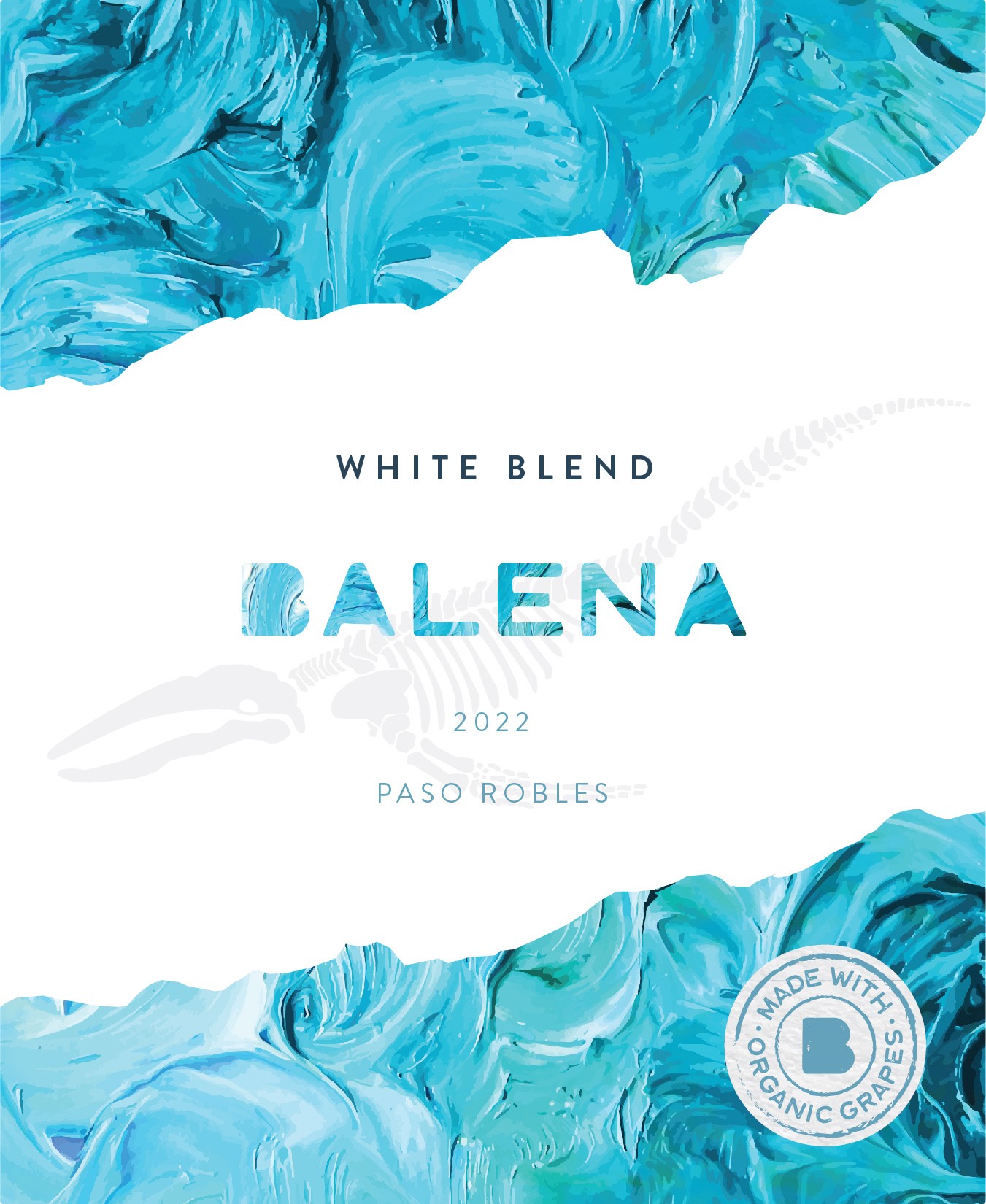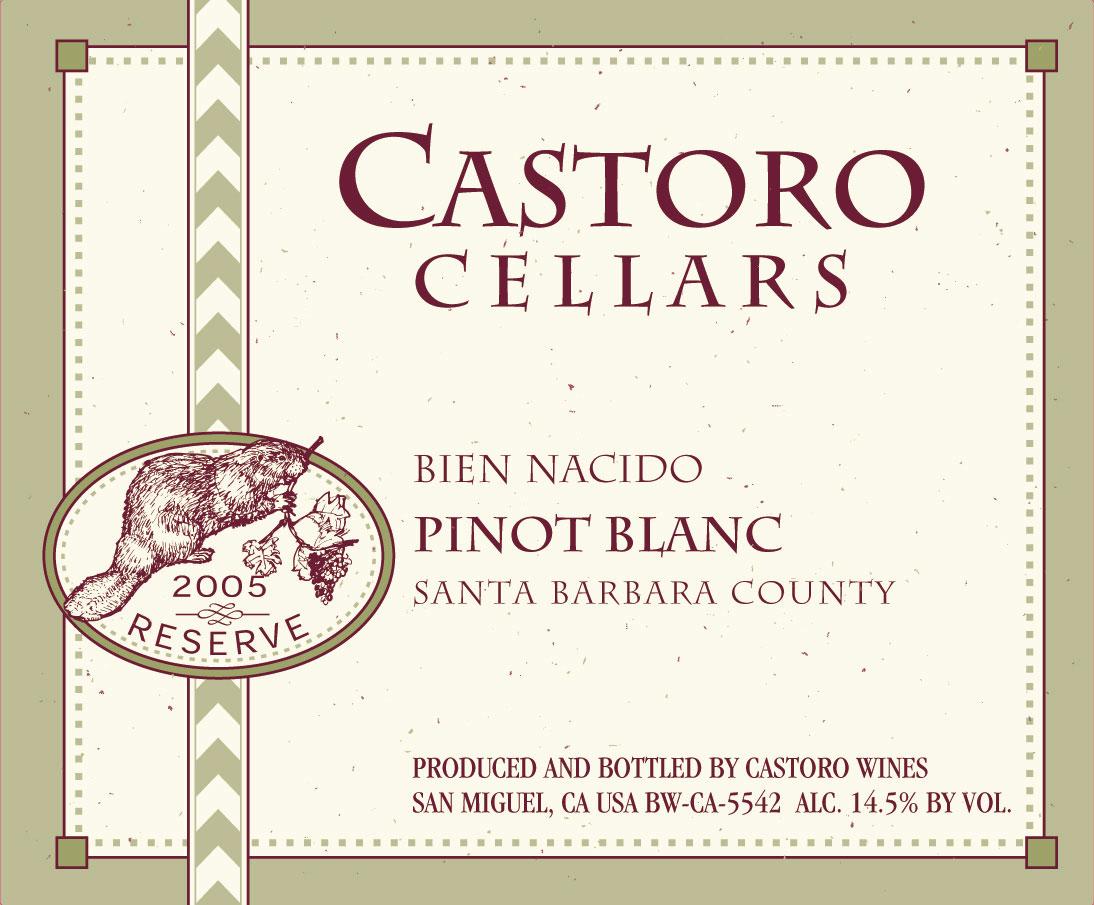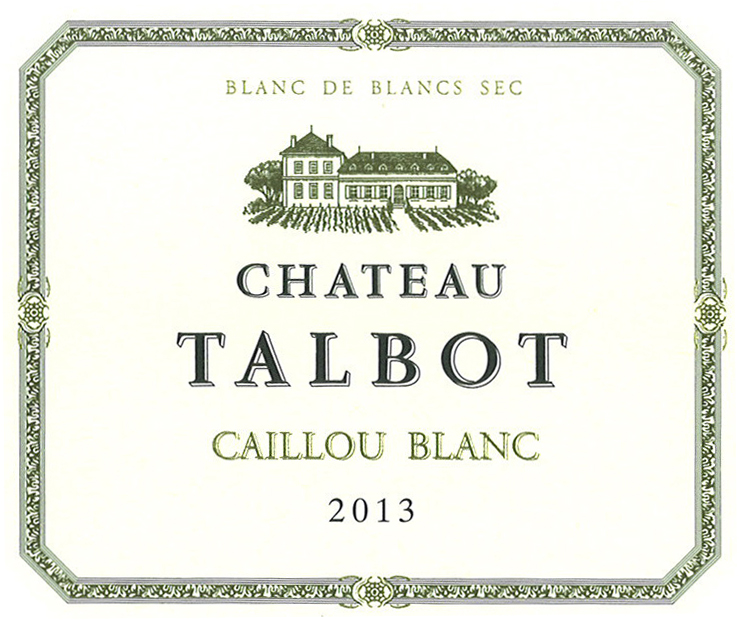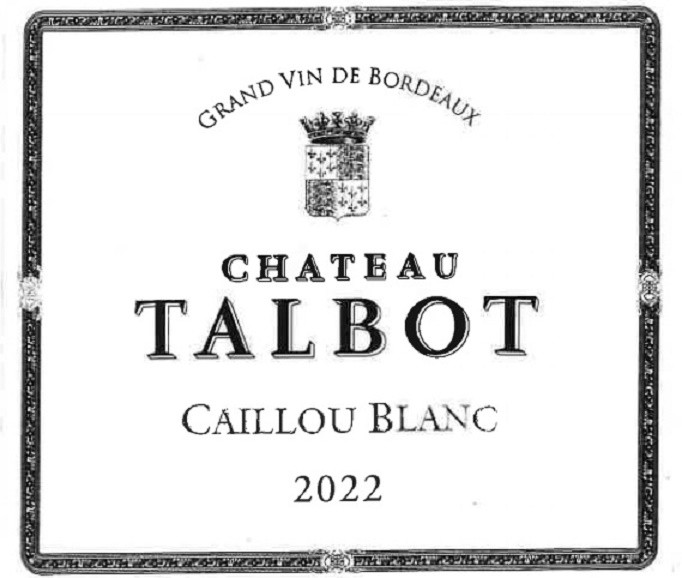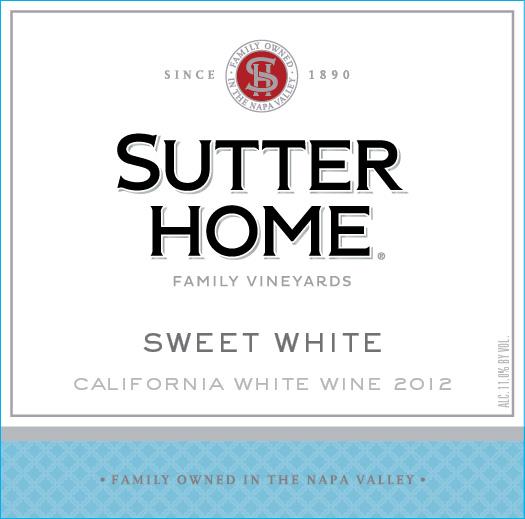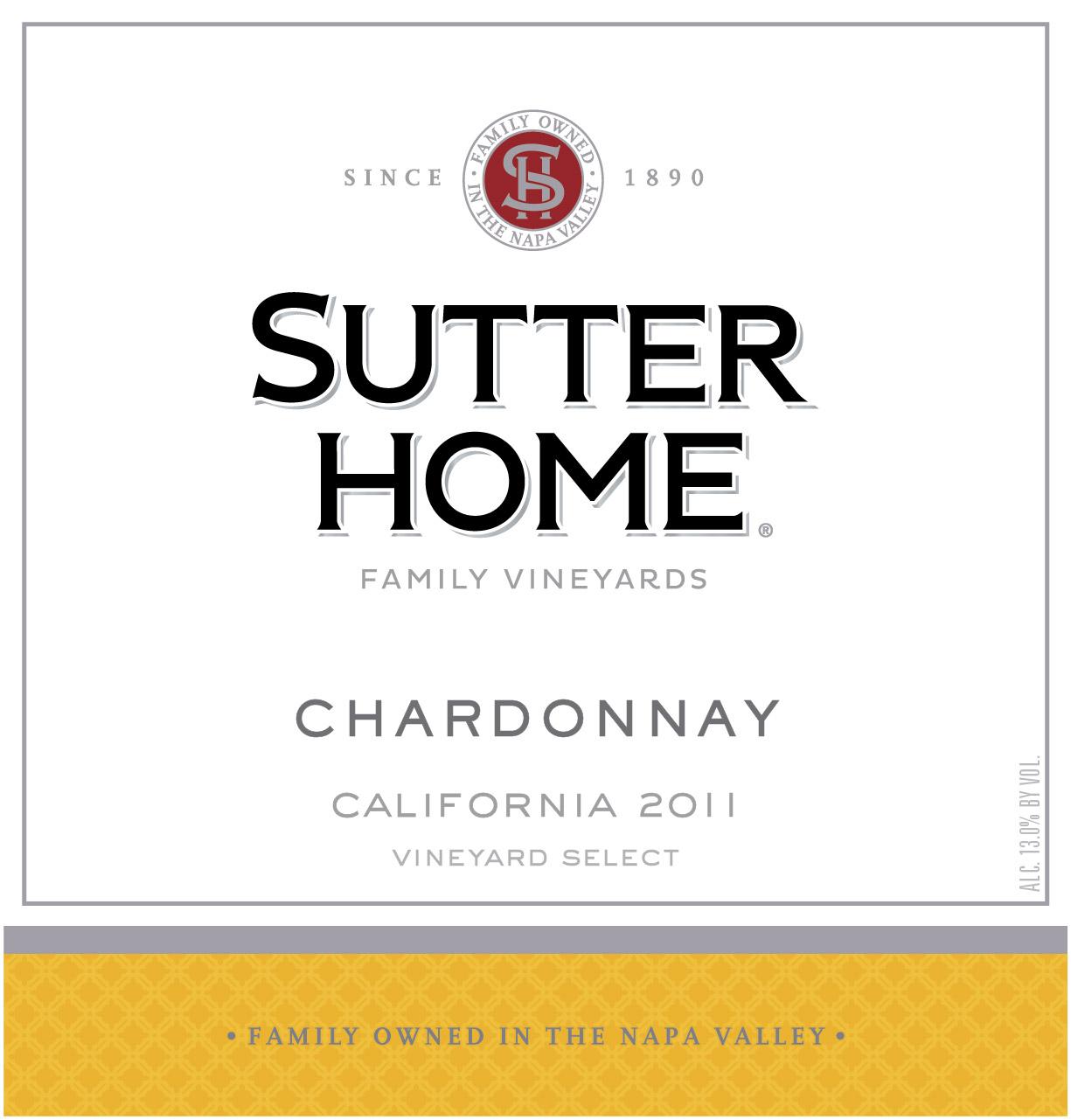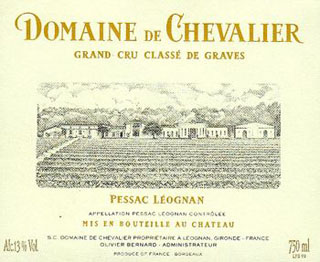Terroir of White Bluffs AVA
The White Bluffs AVA sits high on Columbia Flat and Owens Flat, about 200 feet above the Pasco Basin. This elevation, between 800 and 1,000 feet, helps with cold-air drainage, reducing frost risk and extending the growing season. The south-facing slopes ensure the grapes get plenty of sun, aiding in their ripeness.
The region's semi-arid continental climate features hot summers, often reaching the 90s °F, with large day-to-night temperature changes that help maintain acidity.
With only about 6 inches of rain annually, mainly in winter and spring, irrigation is vital. The unique soils of windblown silt and silty alluvium over calcium-rich lakebed sediments provide excellent drainage and moisture retention, allowing vines to produce grapes with intense flavors and firm acidity.
Notable Wineries in White Bluffs AVA
White Bluffs, with its distinctive geology and climate, has quickly become a sought-after AVA in south-central Washington. Though only a few wineries operate directly within its borders, several notable producers leverage its unique terroir:
- Claar Cellars: Situated within White Bluffs, this winery crafts estate wines from the White Bluffs Vineyard, showcasing varietals like Riesling, Cabernet Sauvignon, Syrah, and Merlot.
- Sagemoor Vineyards: Managing significant vineyard land, including Sagemoor, Bacchus, Dionysus, and Gamache vineyards, Sagemoor supplies grapes to many Washington producers.
- Chateau Ste. Michelle: As one of Washington’s most established wineries, it frequently incorporates White Bluffs grapes in its acclaimed offerings.
These wineries highlight the potential of White Bluffs grapes, emphasizing their role in creating celebrated wines across the state.
Sustainable Winemaking in White Bluffs AVA
In White Bluffs, sustainability is at the forefront of winemaking. With scarce rainfall and a dry climate, growers prioritize efficient water use and soil health. Drip irrigation and soil moisture monitoring ensure precise water application, bolstered by local canal systems. Cover crops and organic mulches enrich the loess and subsoils, while minimal tillage preserves soil structure.
The region's dry conditions naturally limit disease, enabling growers to favor integrated pest management over chemicals. Cold-air drainage helps reduce frost risk and energy use. Many vineyards pursue sustainability or organic certifications, fostering a balanced ecosystem. Wineries using White Bluffs grapes adopt water recycling, energy-efficient equipment, and renewable energy, striving to create quality wines with mindful resource use.
Wine Tourism in White Bluffs AVA
Wine tourism in White Bluffs offers a unique blend of viticulture and outdoor exploration. As a developing destination within the Columbia Valley, it provides an opportunity to experience wines from one of Washington's newest AVAs. While the AVA itself features limited visitor amenities, nearby towns in the Tri-Cities area host tasting rooms that showcase wines made from White Bluffs grapes.
Visitors often pair wine tastings with activities such as hiking or biking through the scenic White Bluffs and Hanford Reach National Monument. The area is known for its stunning views and historical sites, making it ideal for those who enjoy both wine and nature. Local events further enrich the experience, highlighting wines from this burgeoning region.



